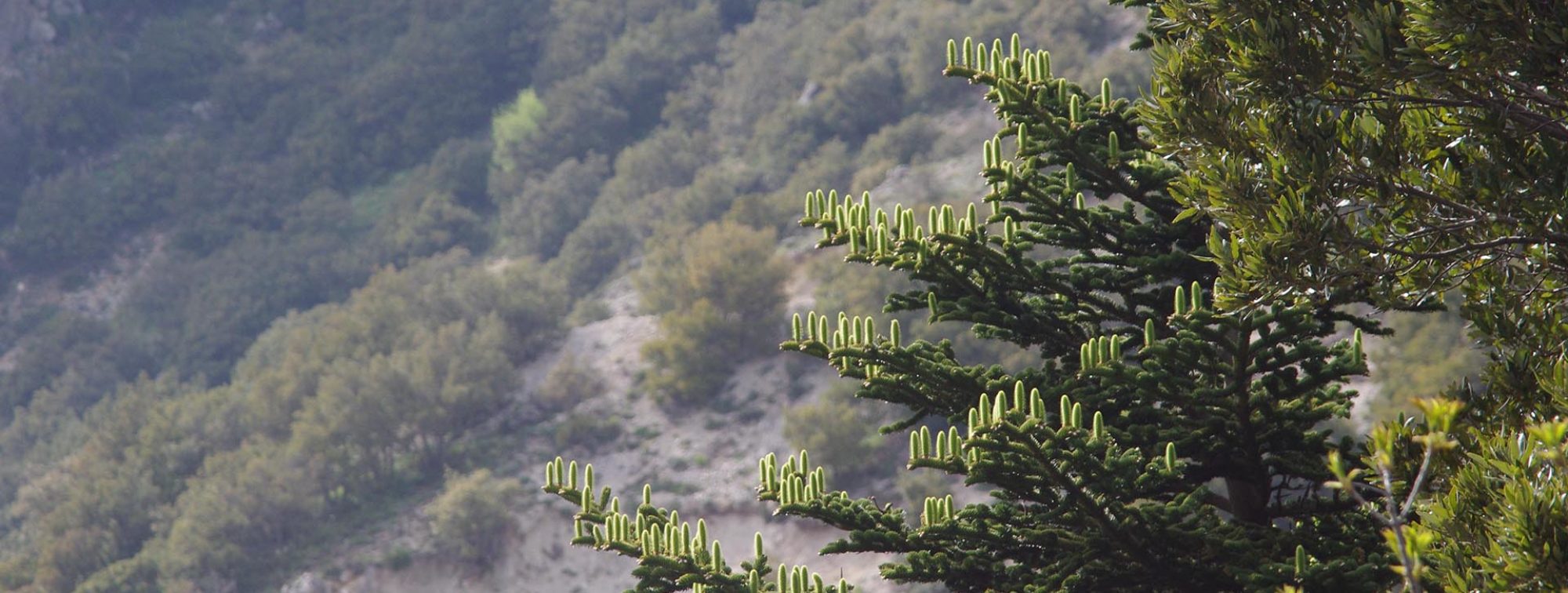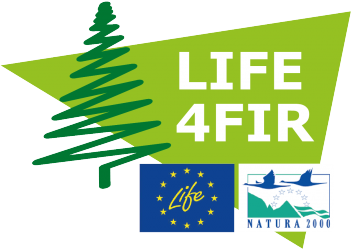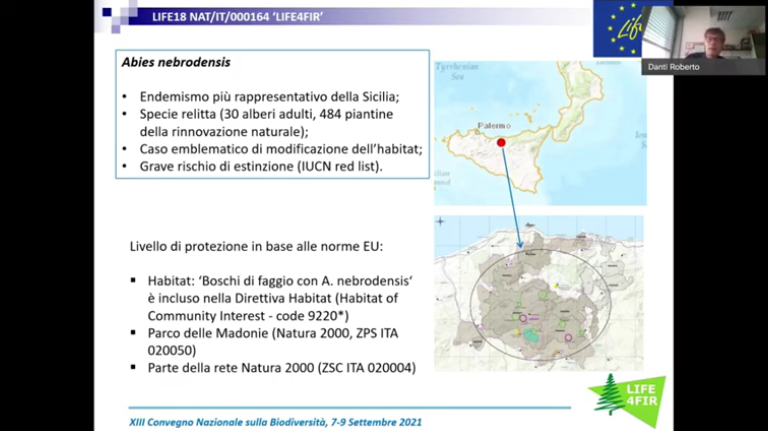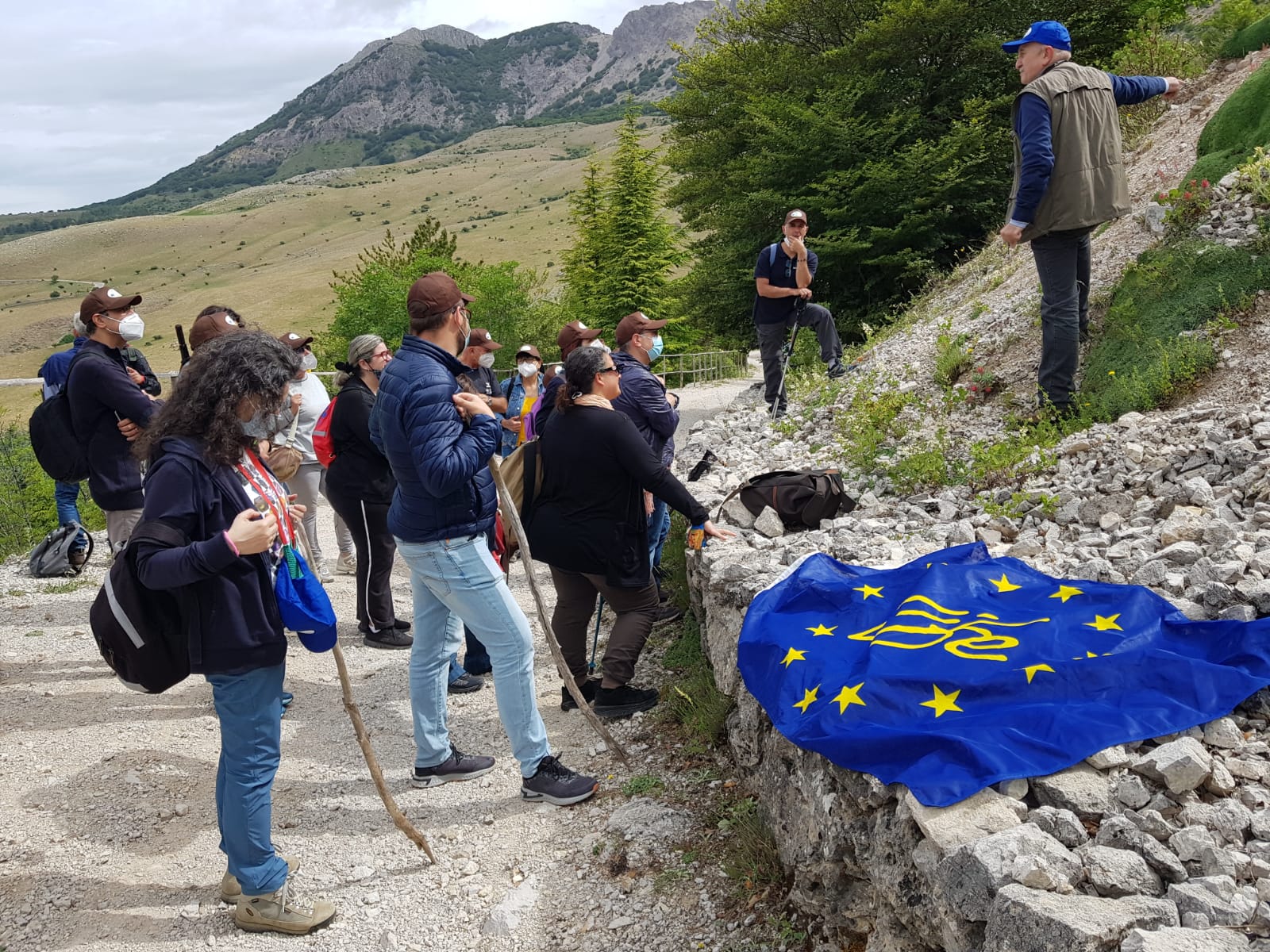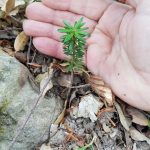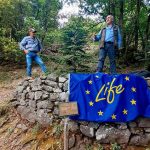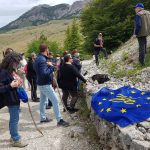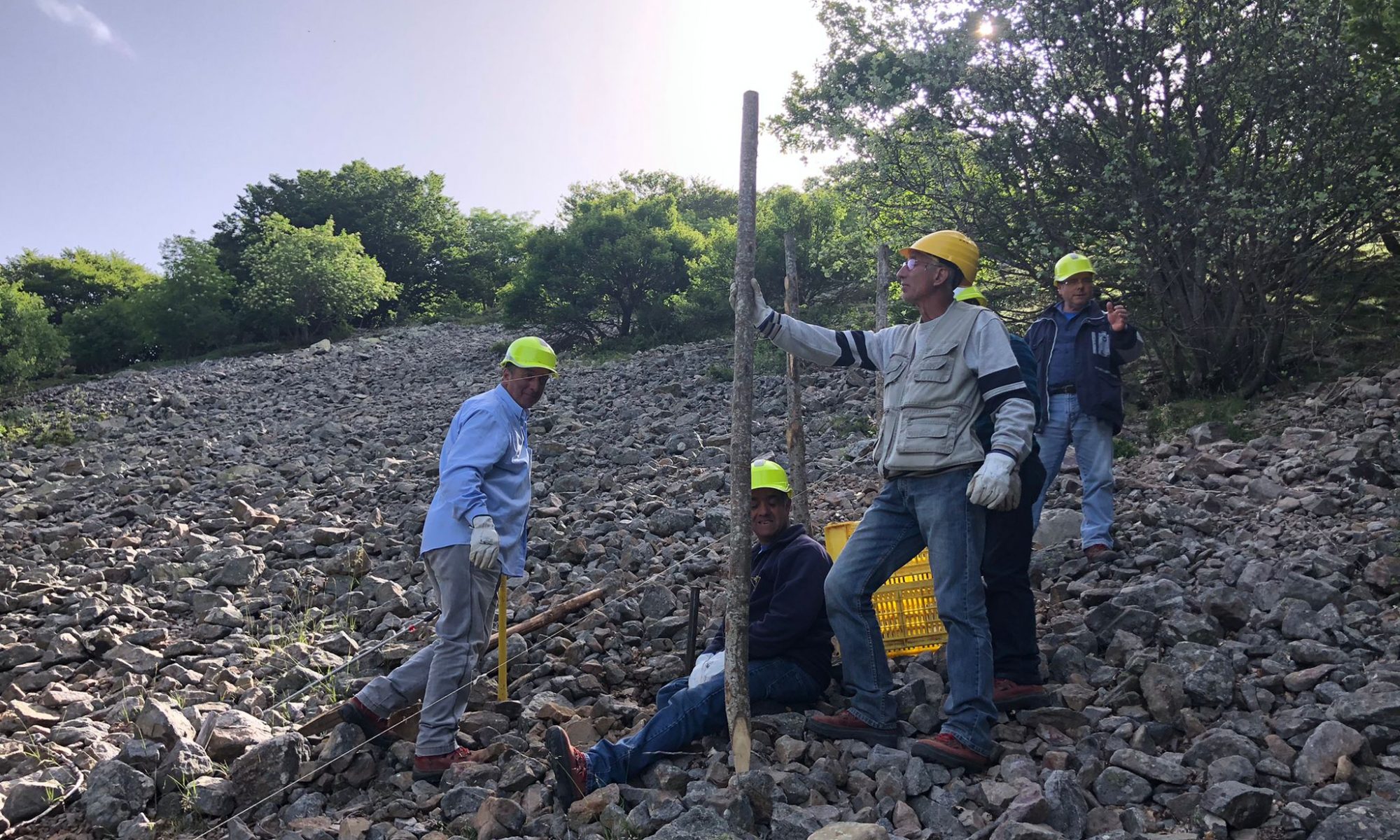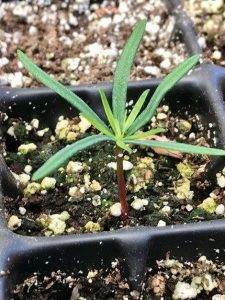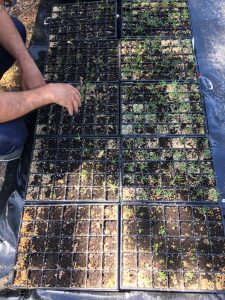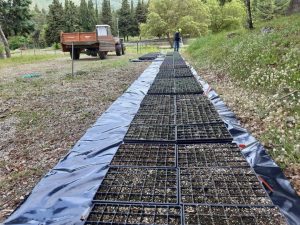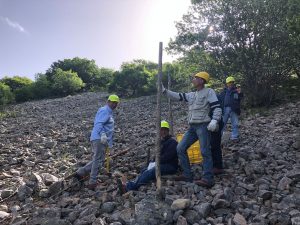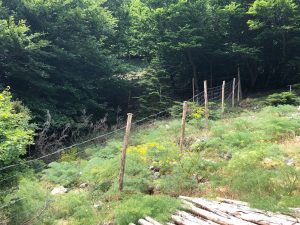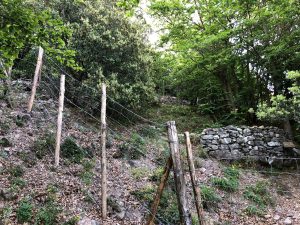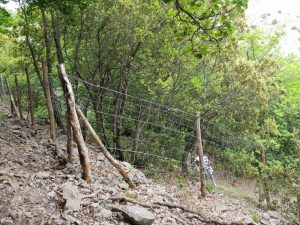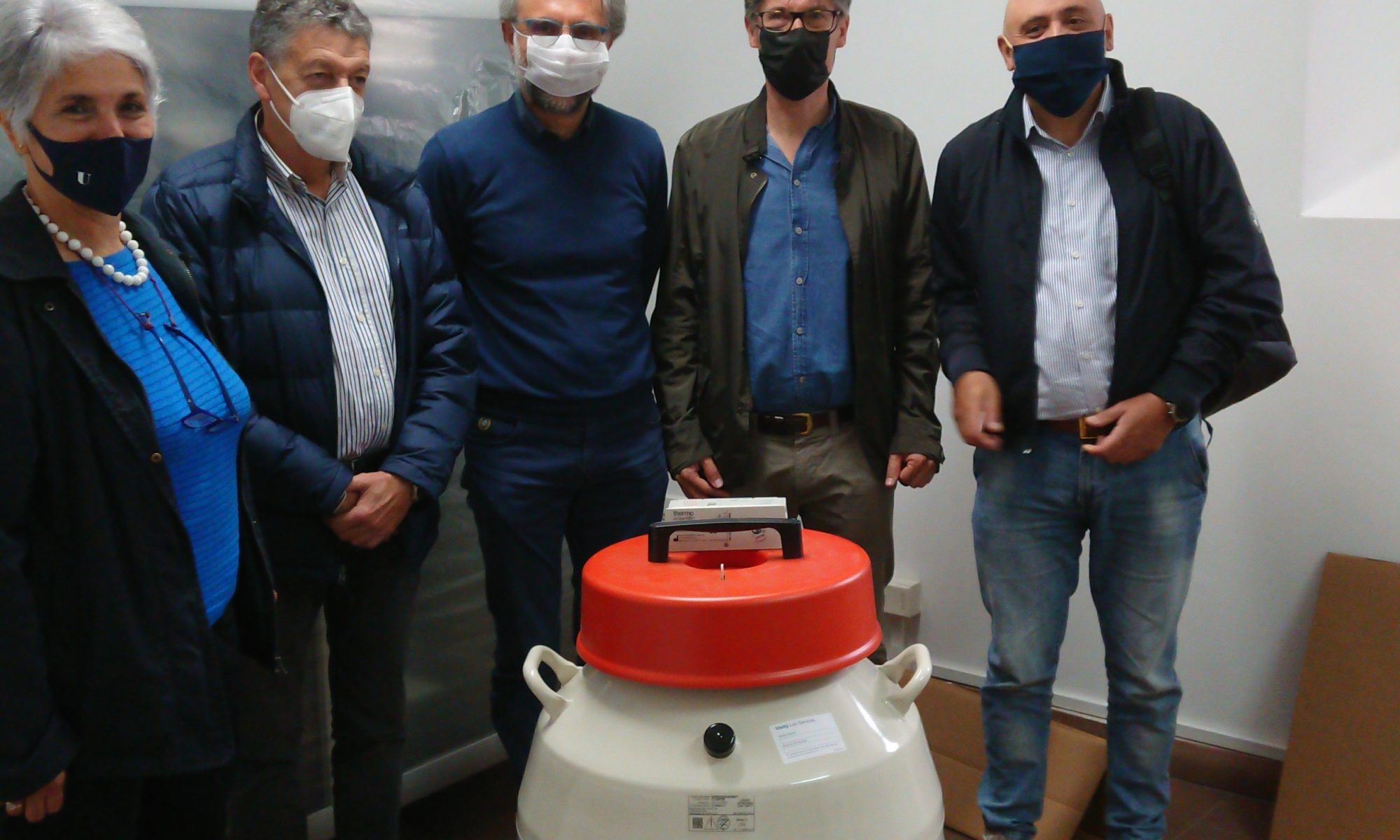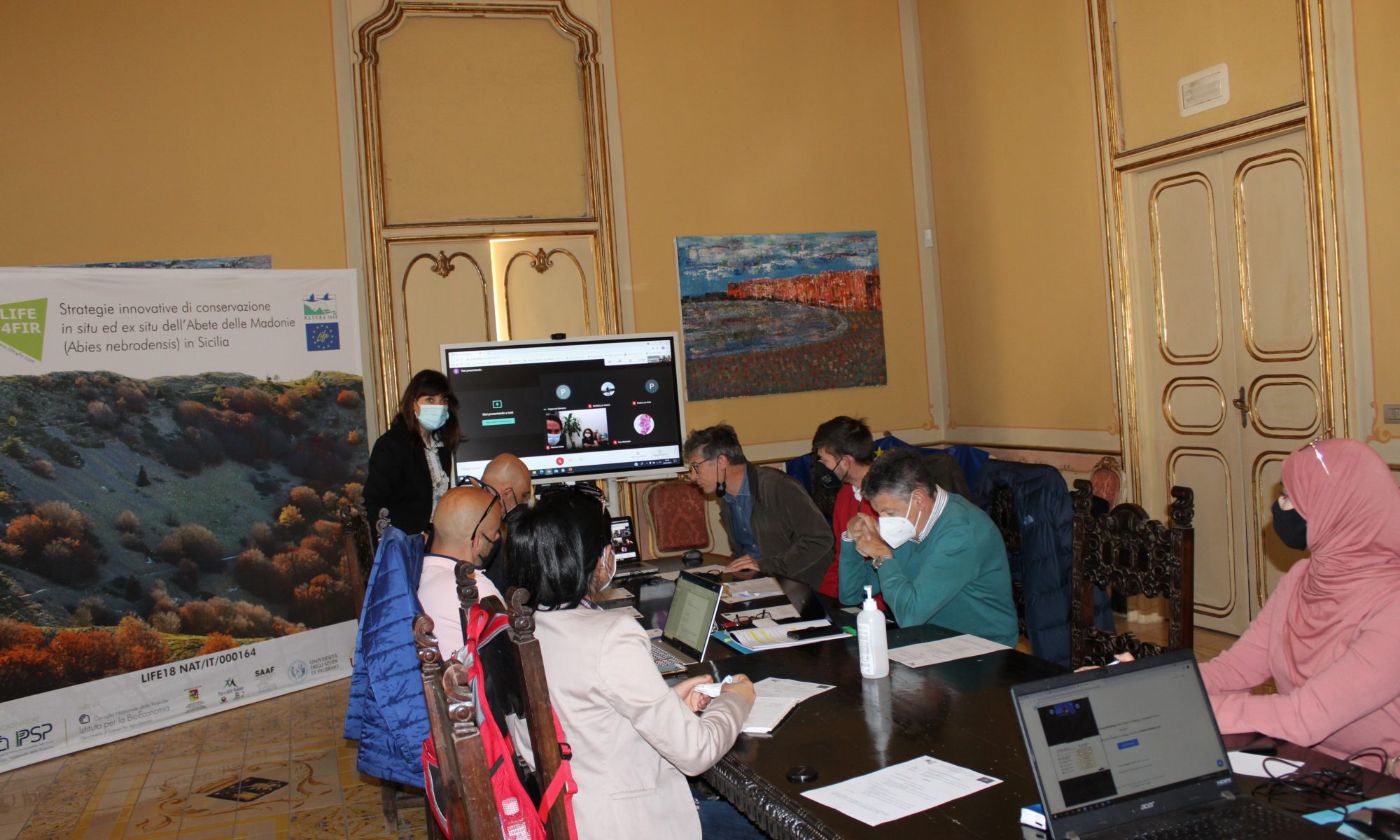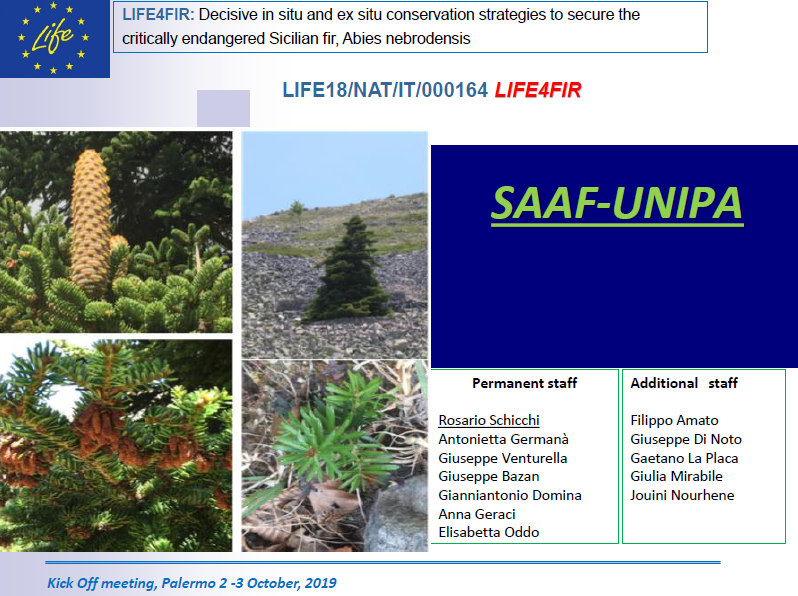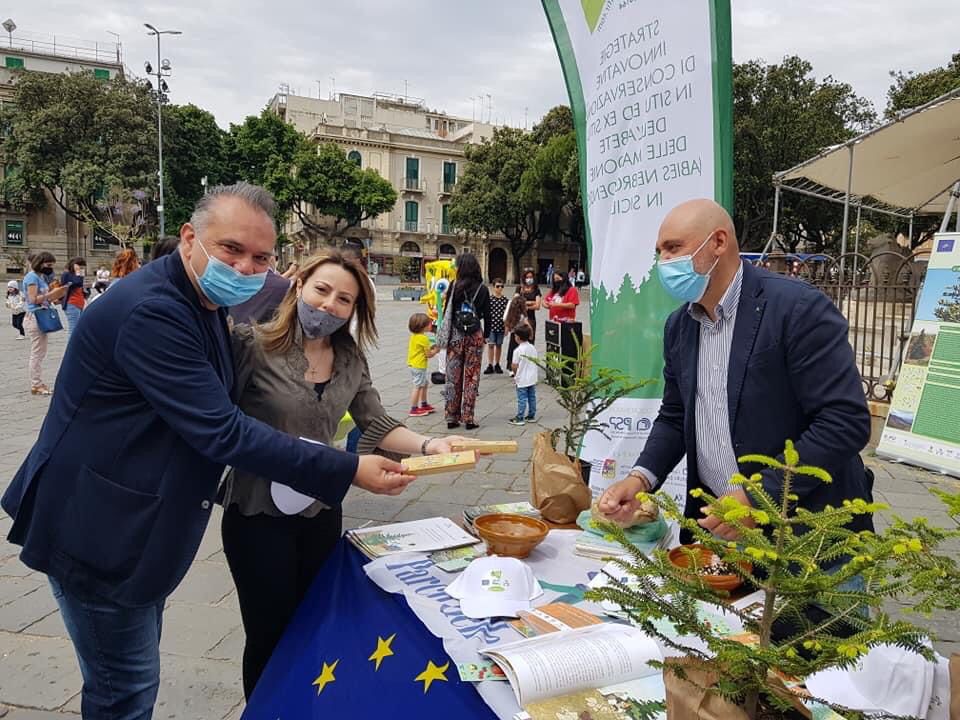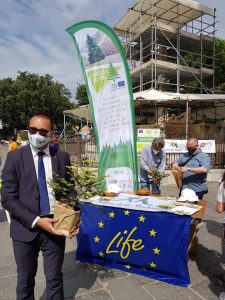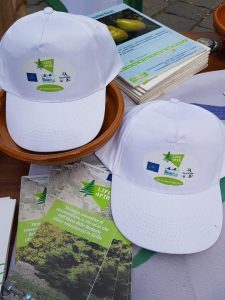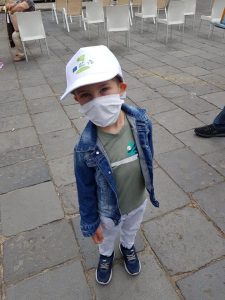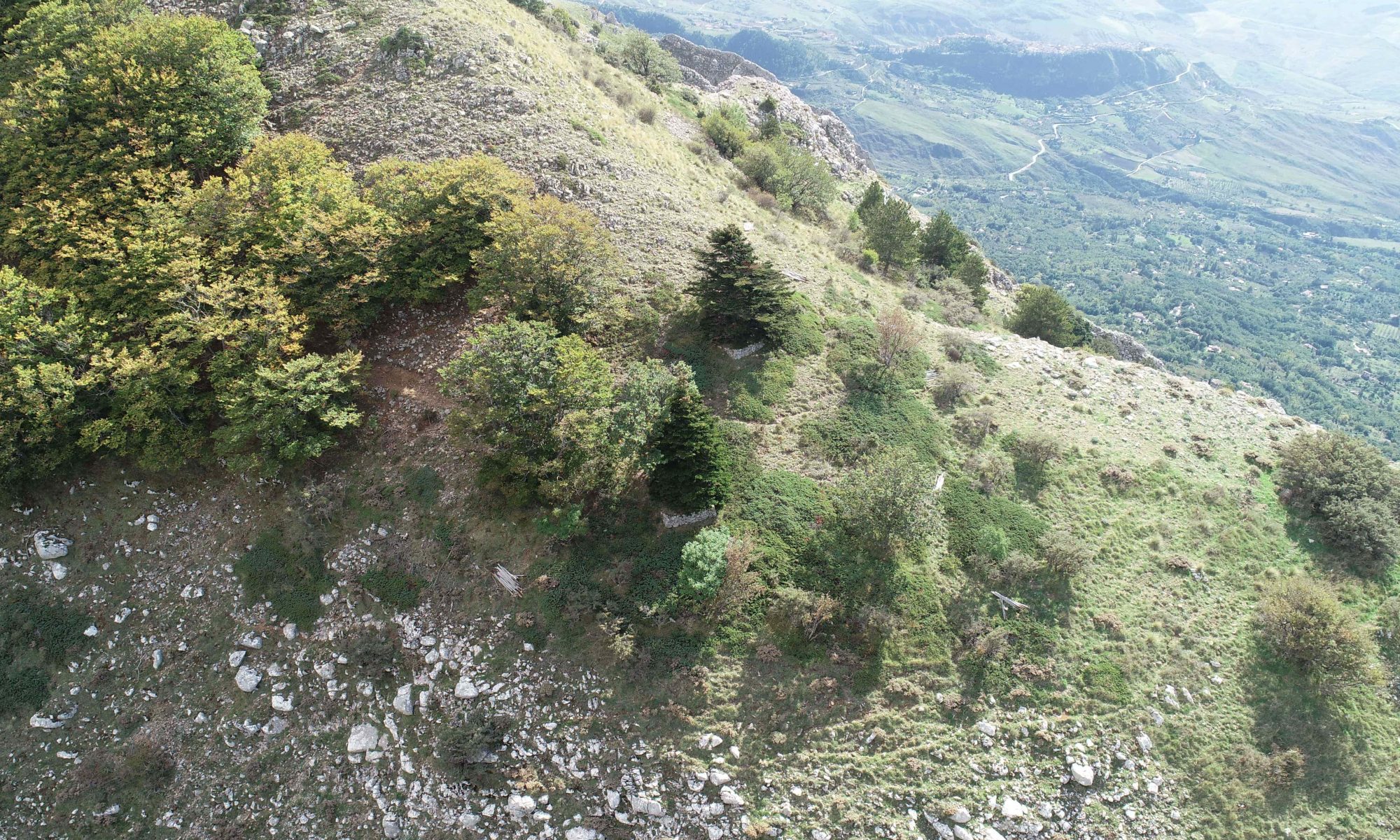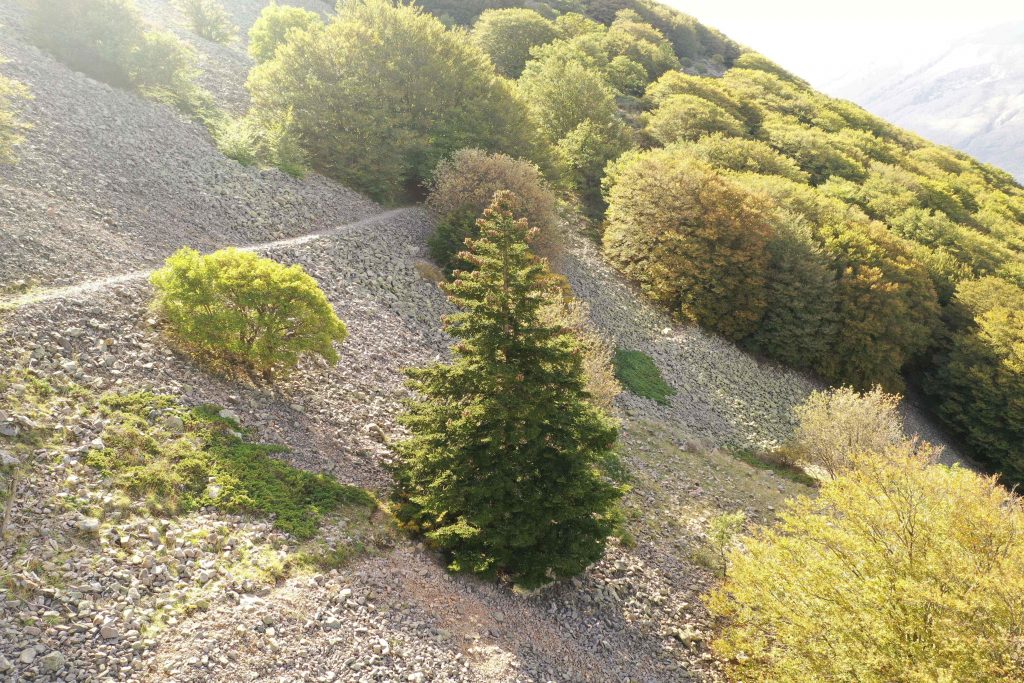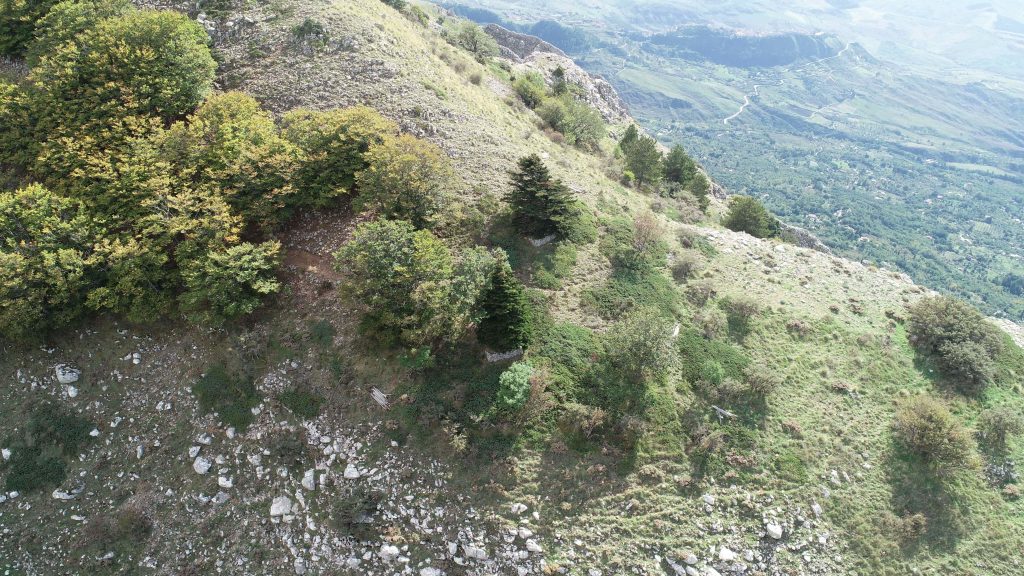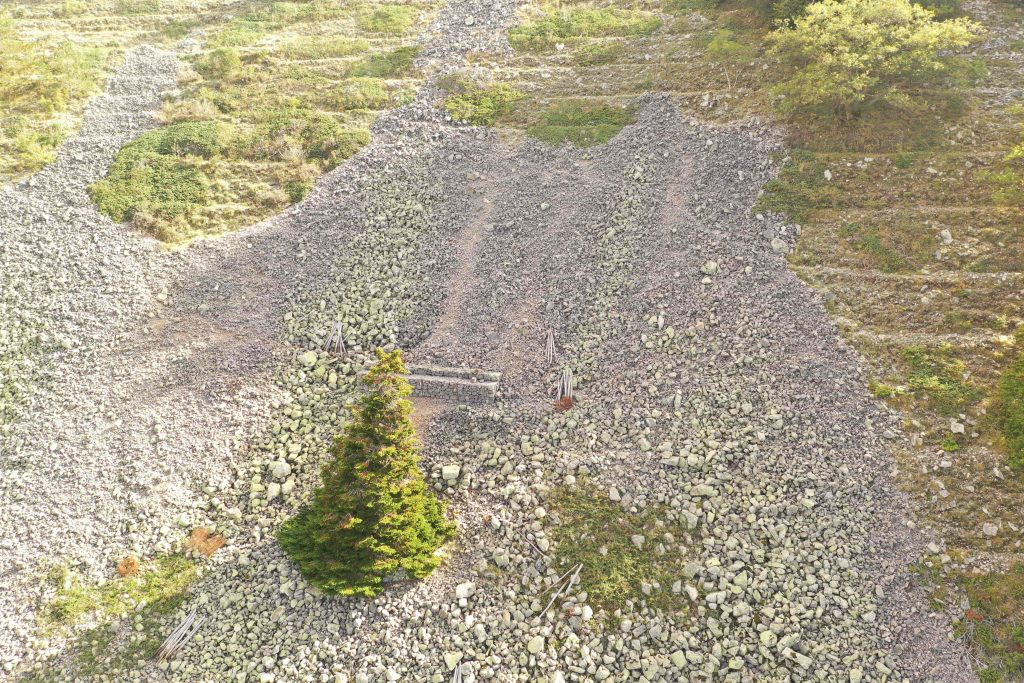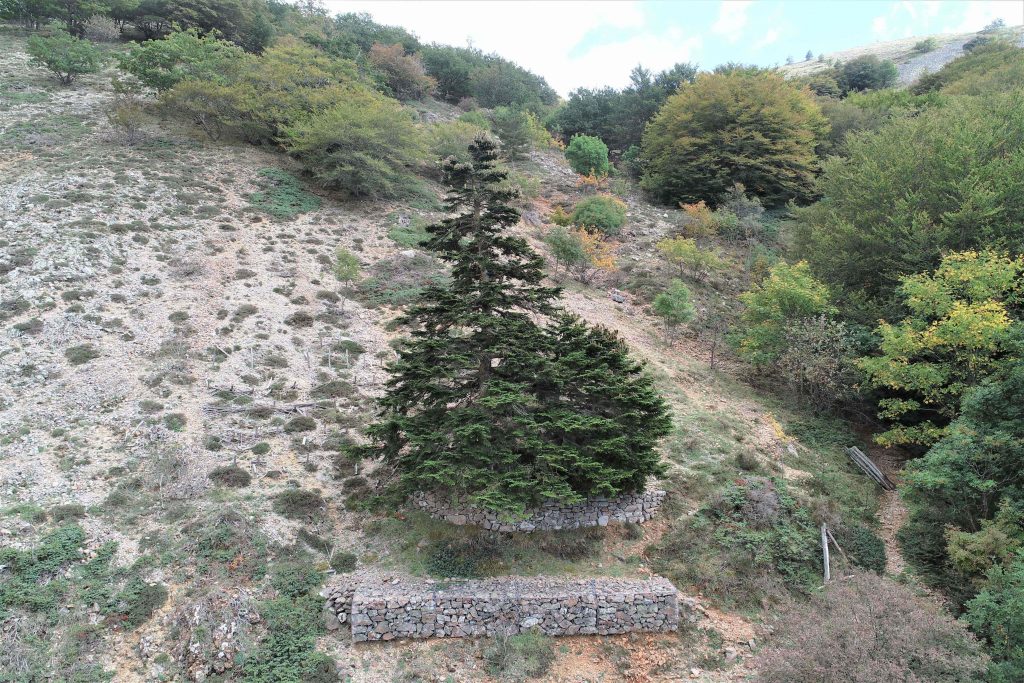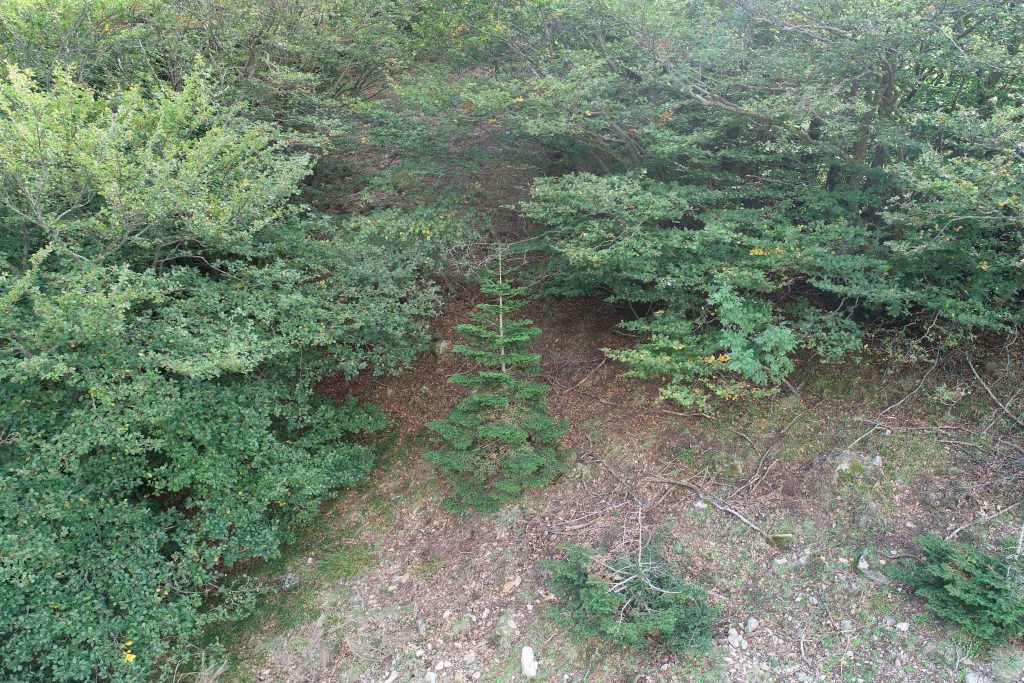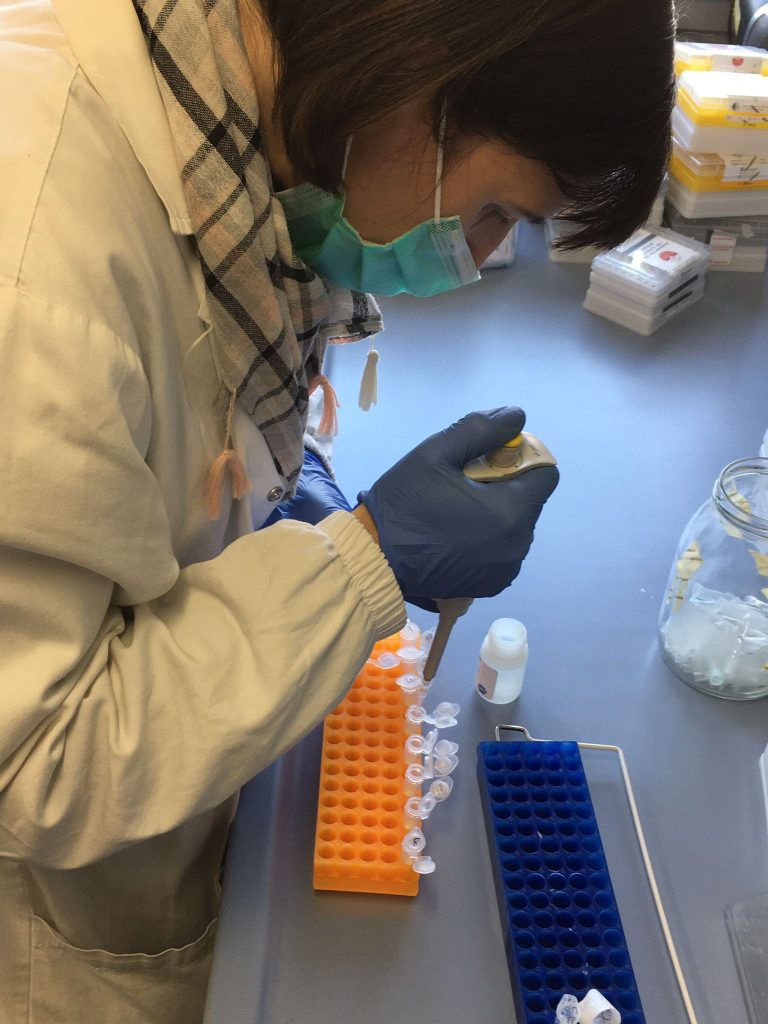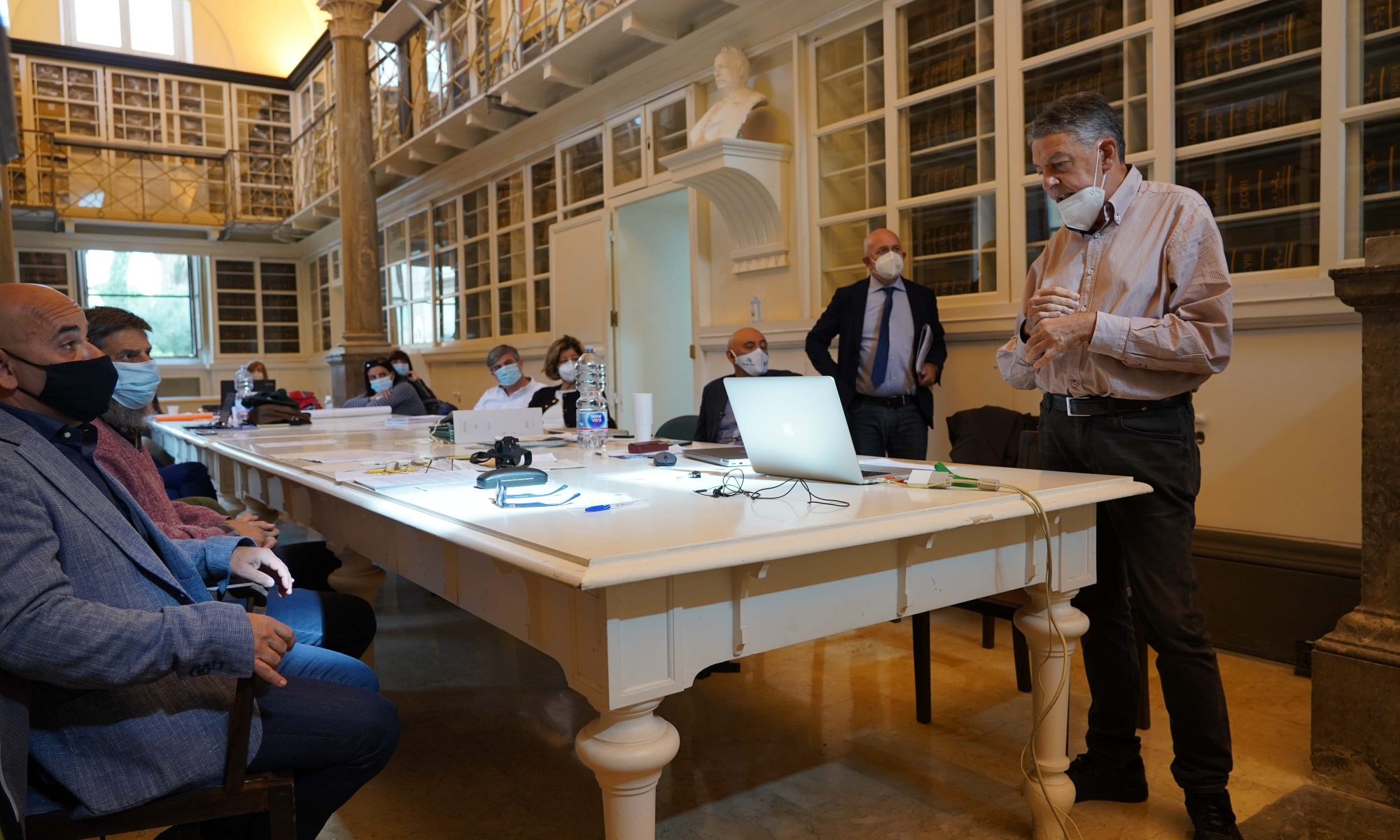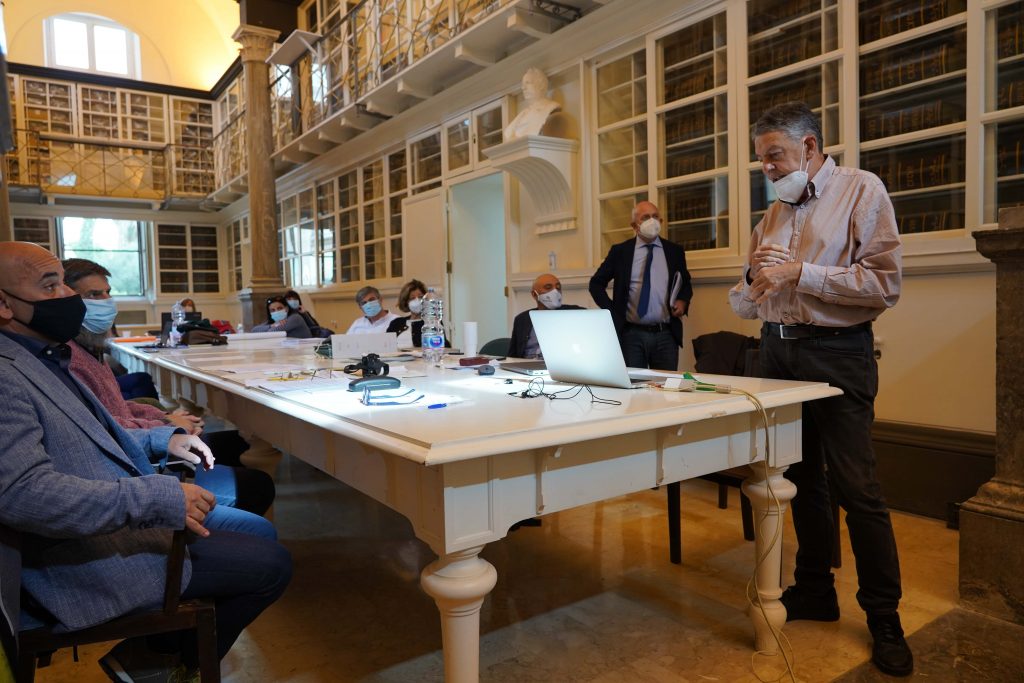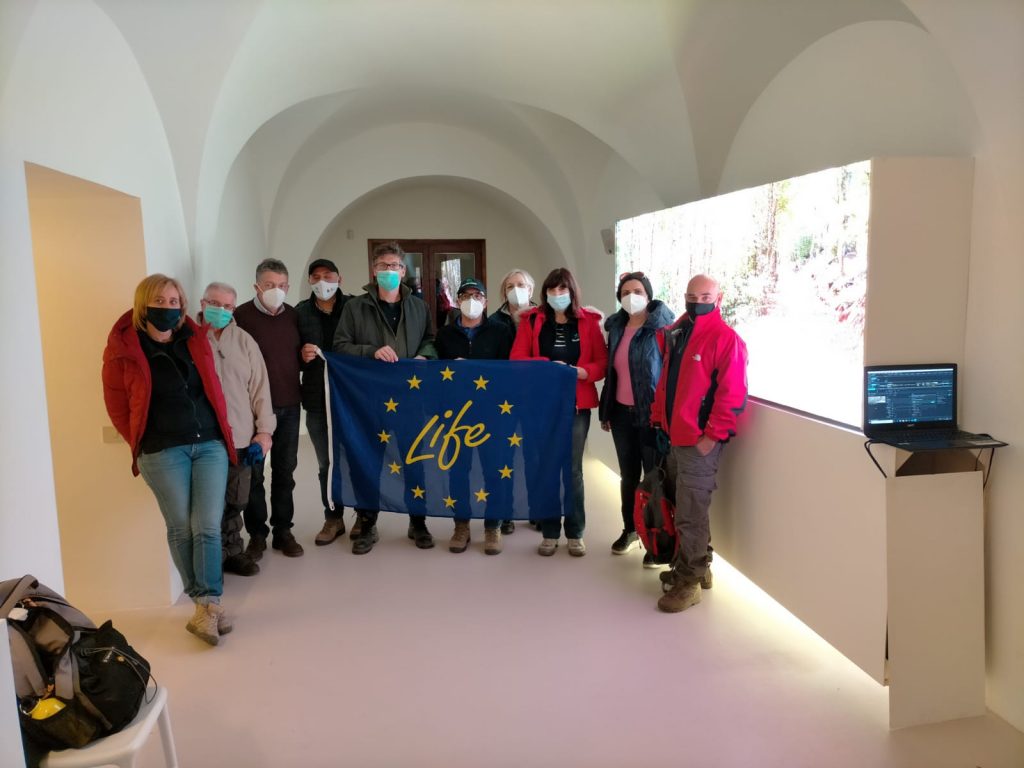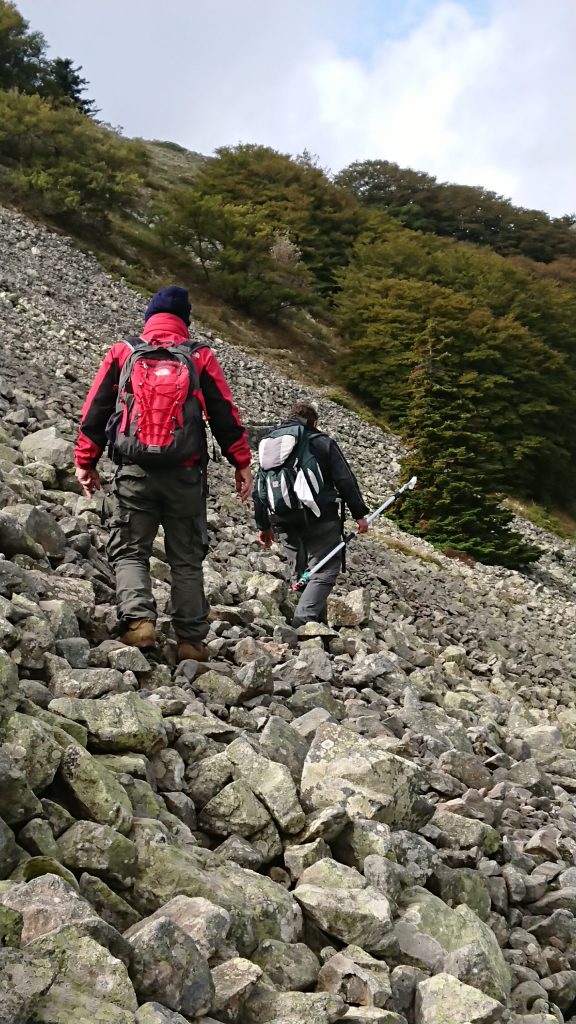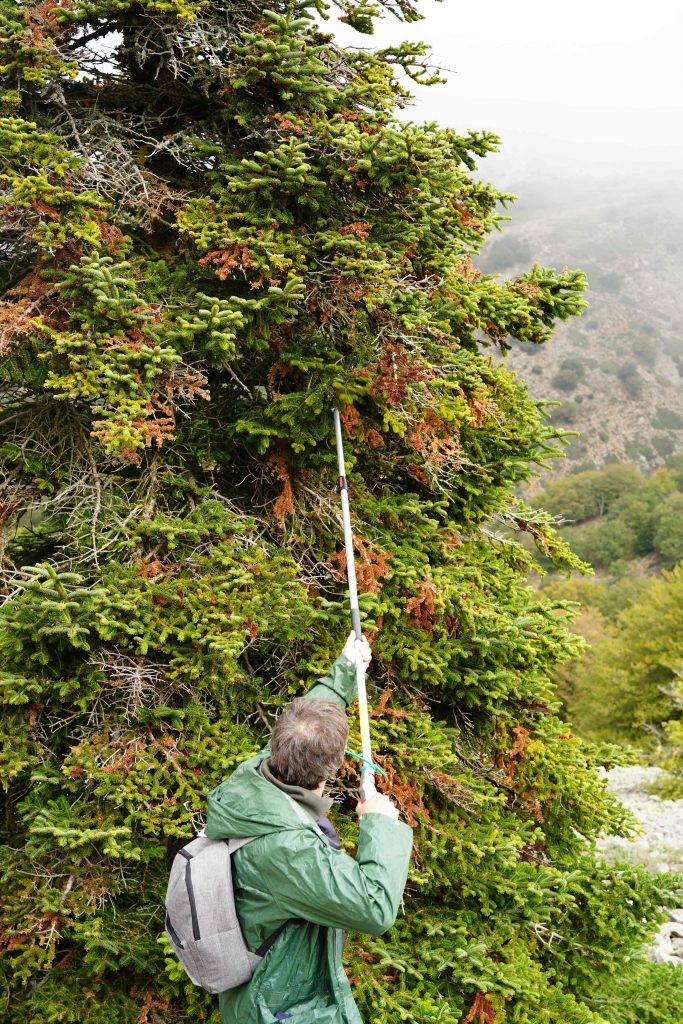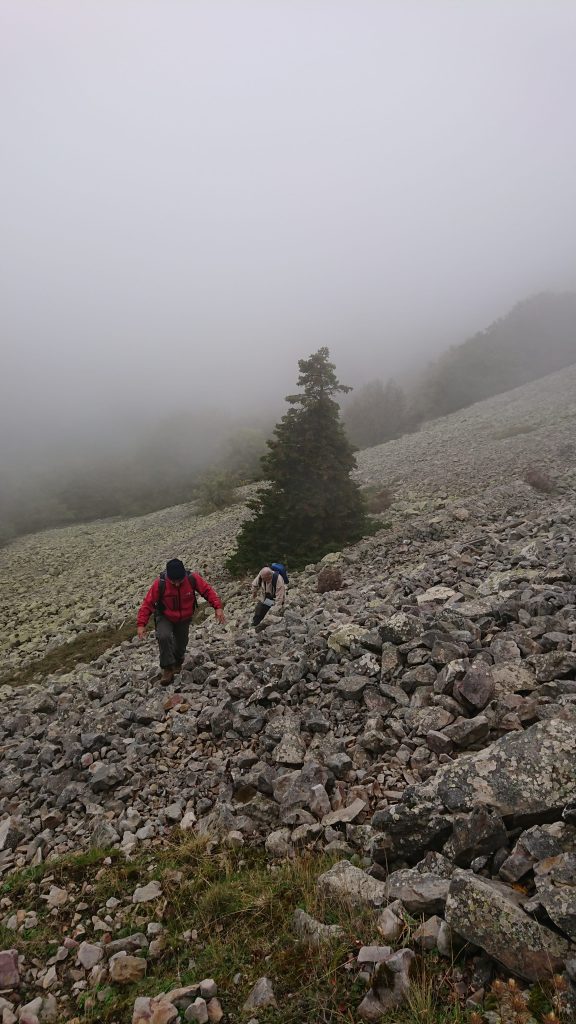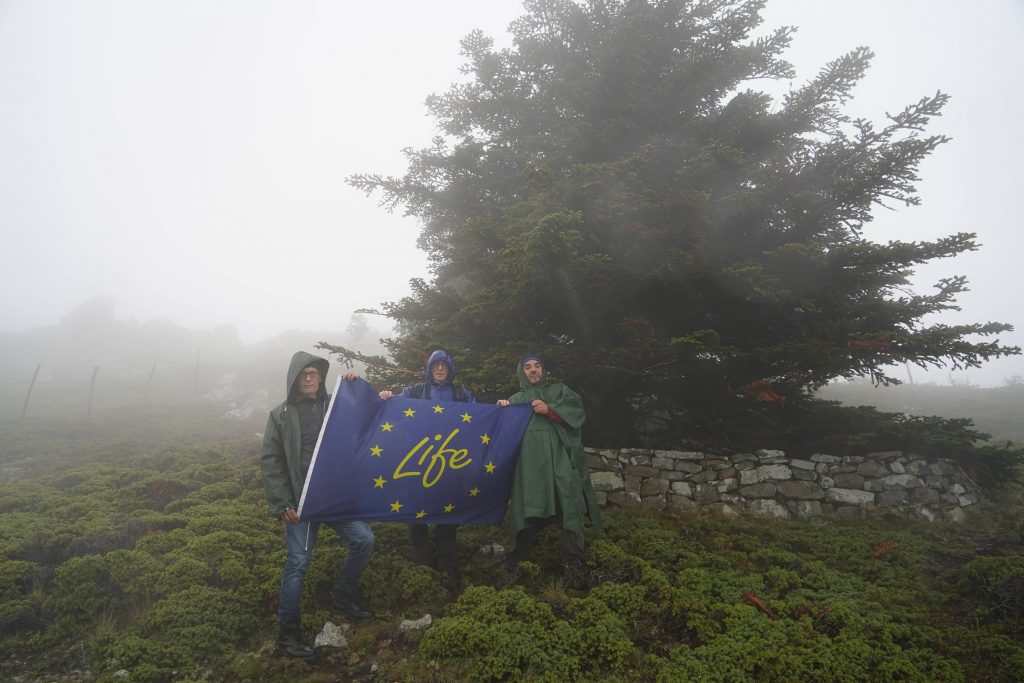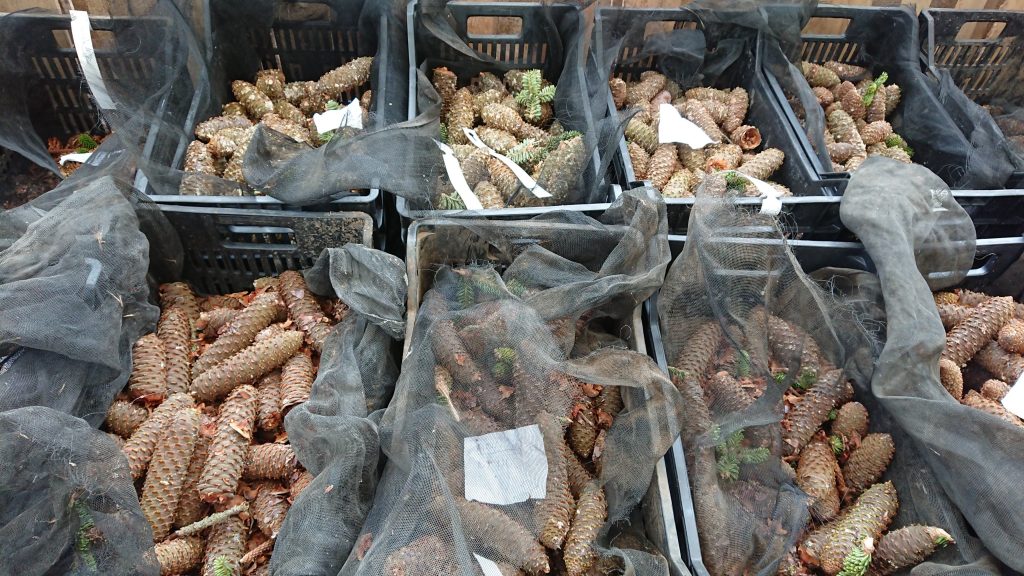The LIFE4FIR project is currently working on the project action A 1.4 ‘Seed conservation at low temperature (-18 ° C), application of cryopreservation protocols’.
The activities relate the developing of techniques for the conservation at low temperatures of seeds, pollen, isolated embryos and lines of embryogenic callus of Abies nebrodensis. These activities are functional to the implementation of the sperm bank and cryobank.
X-ray screening of seeds.
The vain seed problem is the main obstacle in the germination of Abies nebrodiensis seeds. X-ray analysis is a technique developed by IBE-CNR for the rapid selection of seeds with embryo and empty seeds of Abies nebrodensis (Figure 1). This procedure represents a mass screening of the seeds to be used for germination tests or to be stored at -18 ° C.
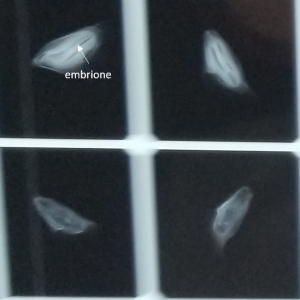
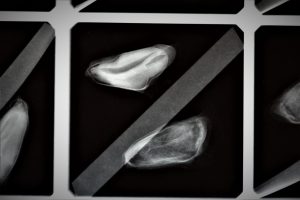
Figure 1 and Figure 2. Mature seeds of Abies nebrodiensis observed under X-rays for the selection of seeds with embryo (top frames) and empty seeds (bottom frames)
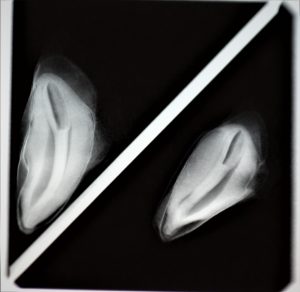
Figure 3. Mature seeds of Abies nebrodiensis with embryo, seen using X-rays
Prove di germinazione e coltura
In vitro germination tests of seeds stored at -18 ° C and embryos extracted from mature seeds and kept in a refrigerator (4 ° C) were carried out at the CNR-IBE and Unipa-Saaf laboratories, placing the isolated embryos on filter paper and then on different culture substrates (Figures 4,5 and 6).
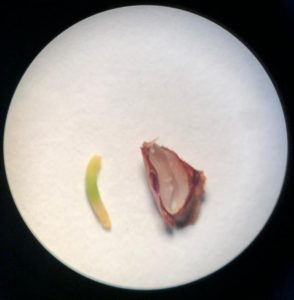
Figure 4. Isolation of mature embryos from Abies nebrodensis seeds
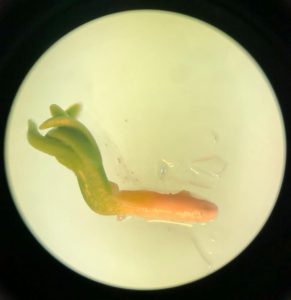
Figure 5. In vitro germination of an Abies nebrodensis embryo
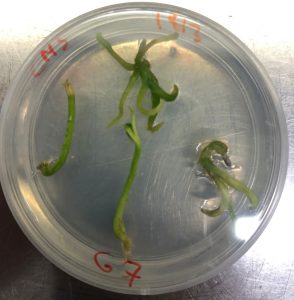
Figure 6. Germination and in vitro development of Abies nebrodensis embryos
In vitro culture tests of immature embryos isolated from cones collected in July are underway at the two laboratories, in order to obtain direct or indirect embryogenesis. The embryogenic callus, obtained from the excision of the embryos extracted from the seeds of the immature cones from plants 6, 8, 10, 15, 16 and 27 shows a rather slow growth. Various culture media containing different basic salts and plant growth hormones are being tested. A better growth of calluses seems to be favored by the contribution of cytokinins.
Germination tests are also underway on Abies nebrodensis pollen samples stored at low temperatures (Fig. 7).
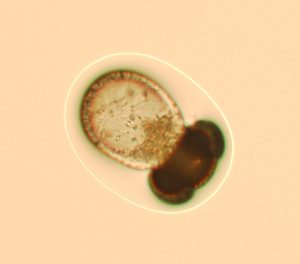
Figure 7: Abies nebrodensis pollen grain in the germination phase
